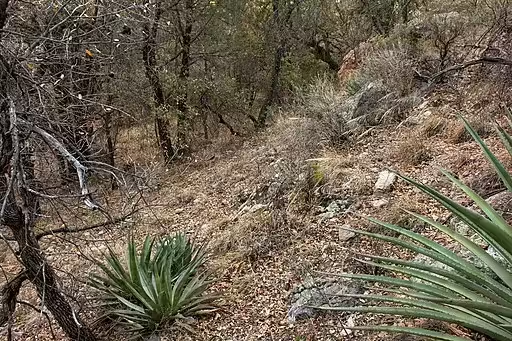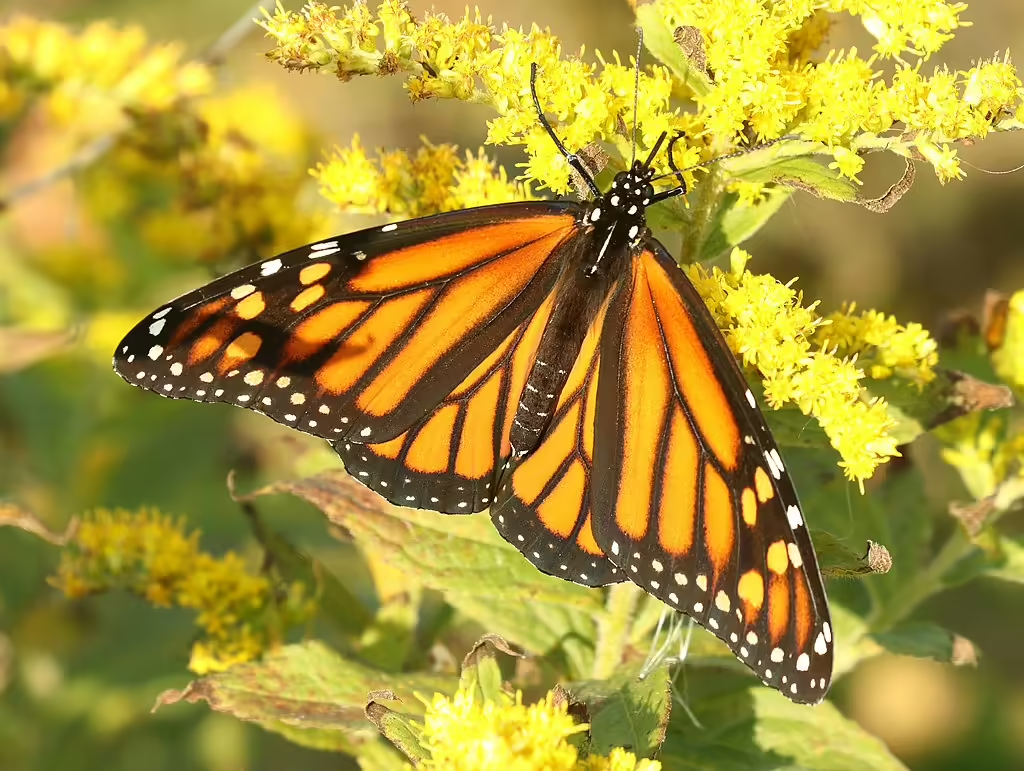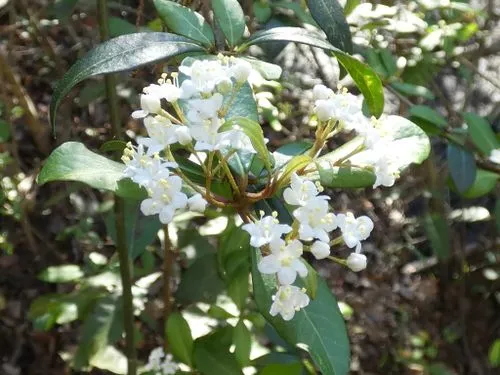Table of Contents for Mahogany Milkweed (Asclepias hypoleuca)
Mahogany Milkweed (Asclepias hypoleuca) is a herbaceous perennial that is native to the states of Arizona and New Mexico in the United States. This plant is a host to the Queen (Danaus gilippus) and Monarch (Danaus plexippus) butterflies. Growing from 1 to 3.5 feet tall, this species grows in oak-pine woodlands and has mahogany colored flowers that bloom from June to September. It is hardy roughly in zones 6-8.
Taxonomy and Naming of Mahogany Milkweed (Asclepias hypoleuca)

Taxonomy
Mahogany Milkweed (Asclepias hypoleuca) was originally named and described as Gomphocarpus hypoleucus by Asa Gray, an American botanist, in 1882. In 1941, this species was redetermined to be in the Asclepias genus and called A. hypoleuca by Robert Woodson. This species is a member of the Dogbane Family (Apocynaceae).
Meaning of the Scientific and Common Names
Scientific Name
The genus name, Asclepias, is named for the Greek god of healing, Asklepios (Flora of Wisconsin). The species name, hypoleuca, comes from the Greek words, “hupo” and “leukos”, which when put together mean white below. This is apparently in reference to the whitish appearance of the tomentose leaves.
Common Name and Alternative Names
The common name comes the color of the flowers, which resemble mahogany.
Physical Description

- Plant Type: This plant is a herbaceous perennial.
- Height: 1 to 3.5 feet tall
- Stem: The stem is erect and densely pubescent towards the upper end and can be almost glabrous at the bottom (Woodson 1954).
- Leaves: The leaves are opposite, elliptic to ovate and 1.5 to 6 inches long and 0.75 to 4 inches wide.
- Flower color: greenish-purple giving them a mahogany color to deep red
- Blooming period: This plant blooms from June to September.
- Fruiting type and period: This plant has follicles that mature in the late summer and fall.
Range of Mahogany Milkweed in the United States and Canada

This milkweed species is native to the states of New Mexico and Arizona in the United States. It also ranges south into Mexico.
Habitat

This species grows in oak-pine woodlands of the higher mountains. It can also sometimes be in fields (Woodson 1954).
Hosted Insects

This species is a host for the Monarch Butterfly (Danaus plexippus), the Queen Butterfly (Danaus gilippus).
Other Supported Wildlife

This species is a nectar source to other butterflies, skippers, bees, and wasps during the growing season.
Frequently Asked Questions
Is this plant poisonous?
Like other milkweeds, it has cardiac glycosides (cardenolides) and is considered to be poisonous with ingestion.
Does this plant have any ethnobotanical uses?
The Native American Ethobotanical Database does not cite this species specifically, but milkweeds in general have been used for pharmaceuticals, fibers, and foods.
How is this plant distinguished from other milkweeds?
This plant is considered most similar to Asclepis laxiflora, a species that occurs in Mexico (Woodson 1954). The flower color and growth habit of A. laxiflora and this species are very similar. However, they differ in their range with A. laxiflora generally occurring further south in Mexico.
Is this plant invasive?
This plant has not been noted as being weedy and is considered rare.
Gardening with Mahogany Milkweed

Hardiness
This species is hardy roughly in zones 6-8. If your garden is within these zones and you have the right growing conditions (soil, moisture and exposure), you may well be able to grow this plant. However, if planted outside of its range, the hosted species may not recognize the plant or be harmed by ingesting a different species with an unfamiliar chemical composition.
Optimal Conditions
This species can grow in full sun to partial-shade in well-drained sandy soil.
References
- Woodson, Robert. 1954. The North American Species of Asclepias L. Annals of the Missouri Botanical Garden 41: 1-211.
